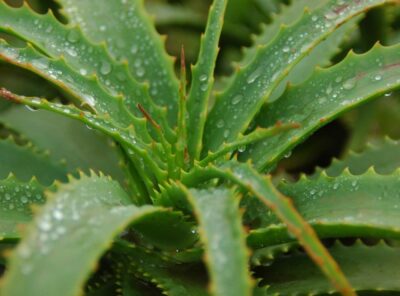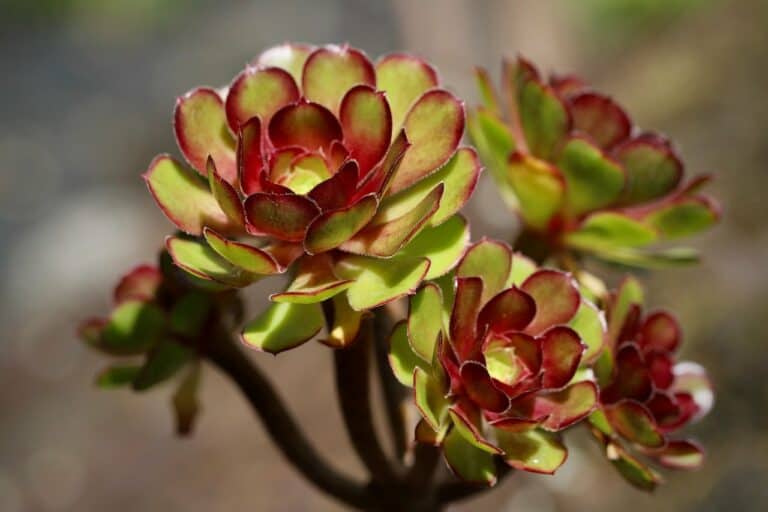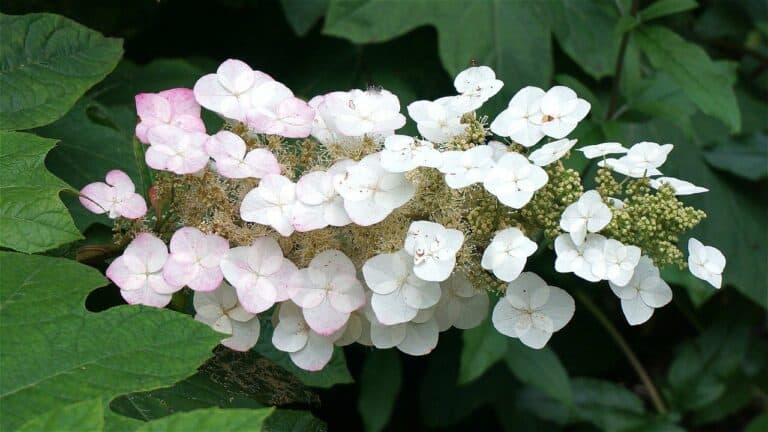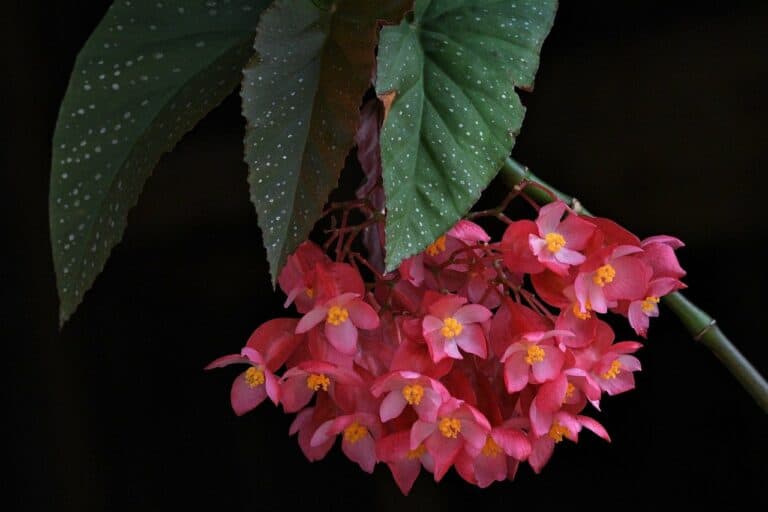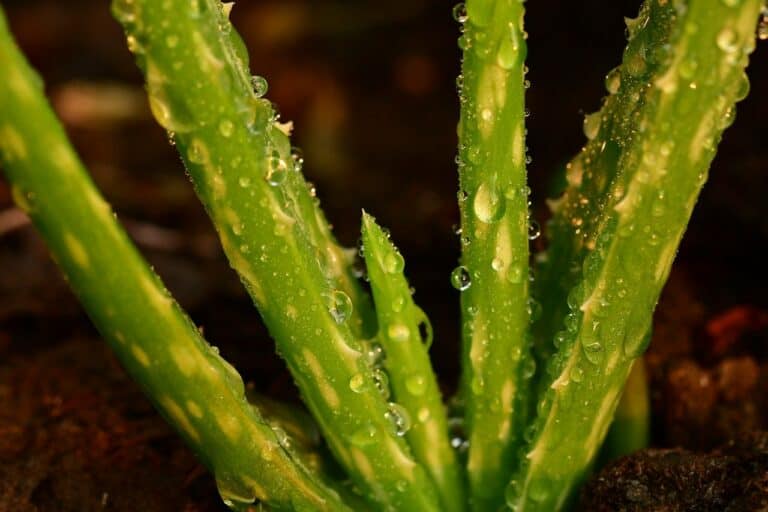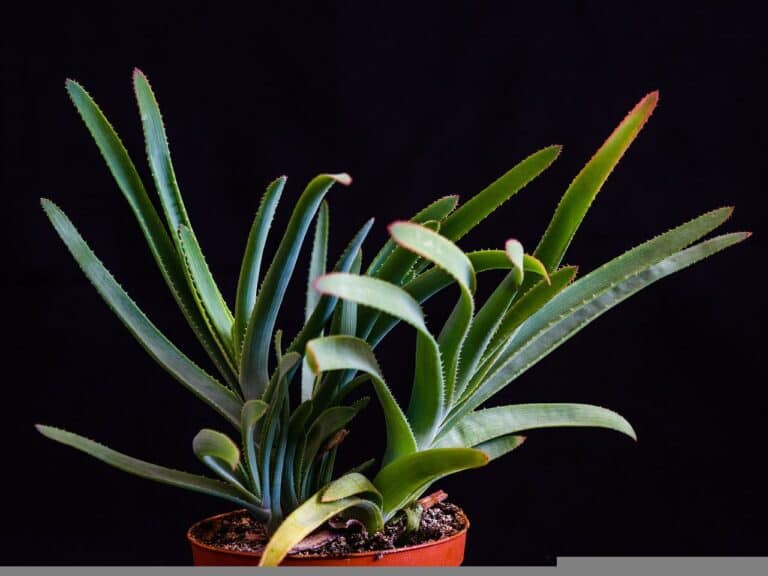Image by ????♡????♡???? Julita ????♡????♡???? from Pixabay
Table of Contents
Aloe Vera Background
One of my favorite plants is succulent. They look fantastic in practically every home and are cheap and straightforward to grow. But succulents aren’t precisely recognized for their long life, like many indoor plants.
Succulents are becoming more and more popular among gardeners trying to add some green to their houses because of their large leaves and effective water retention properties. Additionally, there are more possibilities if you decide to plant succulents outside, even though it is true that there are varieties of succulents that do well in pots.
Quite hardy plants, succulents. Some types may withstand Fahrenheit temperatures as low as one. So you can enjoy succulents in the summer without worrying about frost damage if you’re growing them outside.
Succulents are resilient, but that doesn’t make them unbeatable. Succulents, like the majority of plants, need to be appropriately cared for to maintain their health and longevity.
Understanding each succulent’s specific requirements is essential to keeping them healthy inside and out. The best thing you can do is learn from other people’s errors if you want to know how to take care of succulents.
After flowering, monocarpic plants like Aeonium Kiwi perish. The succulent time life before blooming will depend on how quickly it matures. The best thing you can do if your succulent starts to bloom and you don’t want to lose it is to take some cuttings for further growth. Imagine that one generation is going away and being replaced by another.
How to Take Care of and Grow Aloe Vera
Aloe vera commonly referred to as “aloe,” is one of the oldest medicinal plants in use today. As far as its usefulness goes, there are thousands of years of history behind it, which was even mentioned in the Bible. The word “vera” literally translates to “true.” As such, it’s no surprise that people worldwide are still turning to aloe for relief from minor ailments like sunburns and cuts.
With over 300 species (the majority being Aloe barbadense miller), this tropical plant features fleshy leaves with jagged edges and grows up to 3 feet tall. Like many succulents, aloe requires minimal care and won’t need much water once established. If you would like to add a little greenery to your home, then you might want to consider planting a few aloes. They’ll thrive in full sun and well-drained soil, and they can survive temperatures down into freezing weather.
Young plants don’t normally bloom, and aloe grown indoors doesn’t usually flower either. However, aloe can be propagated by taking cuttings from mature plants, which will grow roots within a couple of weeks. Once rooted, young plants can be transplanted outdoors in springtime or brought inside during the winter months.
No green thumbs are needed to grow aloe successfully. Simply keep the soil moist and well-fertilized, and allow the plants to dry out between watering sessions. You can give aloe plants away as gifts to friends and family or repot them every few years to ensure proper growth. Repotting is easy; dig up the entire root ball, gently wash off excess dirt, and replant.
Aloe Vera Care
According to the information that has been reported, University of Florida Cooperative Extension Service, Aloe vera needs sandy soils or a cactus potting medium to thrive in containers. Growers recommend blending aloe vera into a xeriscape border planting or making it an entryway focal point by potting it omits own. Outdoor specimens bloom in late spring or early summer, while indoor plants may flower in fall or winter.
How to Take Care of Aloe Vera Plants
To maintain healthy aloe vera, How to Take Care of Aloe Vera Plants
They look for signs of pests and diseases. Check the undersides of leaves for insect damage, and remove damaged foliage immediately. Also, check for mites or other insects that might have burrowed under the leaf surface. To avoid further damage caused by these pests, they should be removed as soon as possible.
If you observe brown spots on the leaves of your plant, it could mean that the plant is suffering from nutrient deficiencies. To correct this problem, fertilize regularly with a balanced fertilizer. Follow the label directions carefully when applying fertilizer to aloe vera. Not all fertilizers are suitable for aloe vera.
If your area experiences high humidity, mist your aloe plants daily to help prevent fungal infections. Fungi thrive in warm, damp conditions, so if you live in a hot, humid area, you’ll need to provide additional ventilation to help cool the air surrounding your plants.
You should also avoid overwatering aloe vera. Ensure that you water your plants only when the top inch of the soil feels slightly drier than usual. Consequently, the plant will produce more leaves as a result of this, increasing its ability to absorb nutrients.
When growing aloe vera outside, protect it from extreme heat and cold. In addition to providing adequate ventilation, you can use shade cloths or move your plants to a cooler location during the hottest part of the day.
Aloe Vera Tips
Growing aloe vera from seed is relatively simple. The process involves soaking seeds in a solution of bleach and water until the outer shell has dissolved. When the seeds are established and the peat moss has been removed from the seed, they should be placed in a tray filled with peat moss and perlite. Make sure the tray is covered with plastic wrap, and let the seeds germinate at room temperature for about two weeks. When the seedlings appear, transplant them into individual pots.
Growing aloe vera from cuttings is another option. Cuttings can be taken from mature plants, but you must wait until the new shoots appear so that you can identify the new growth before taking them. If you don’t do this, the cutting won’t develop roots. After removing the lower portion of the stem, soak the cut end in a solution of Use one tablespoon of for each gallon of bleach 10 minutes. Rinse thoroughly, and then place the cuttings in a tray containing peat moss and perlite.
Keep the cuttings in the dark for three days, then transfer them to a sunny window sill. Once the cuttings have been rooted, repot them in larger containers.



